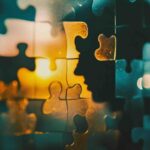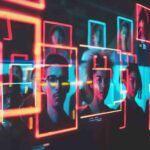Two leading identity verification companies have announced significant developments in their technology offerings. Veriff, which has established itself as a pioneer in biometric authentication solutions, has launched Aadhaar Verification as an add-on to its identity verification (IDV) product, while Regula showcased breakthrough reference data capabilities for document verification at the INTERDOCPOL Congress.
Veriff’s new Aadhaar Verification leverages India’s national digital identity system’s biometric and demographic data. The solution adds an extra layer of verification by utilizing the Aadhaar biometric registry, which has become India’s cornerstone of digital identity, containing data for over 1.3 billion people (more than 99 percent of India’s adult population). The integration allows businesses to improve accuracy and enhance fraud prevention when verifying Indian users.
“Organizations must verify their users’ identities from all over the world and using many different identity documents. While Veriff already supports identity documents in India, Aadhaar Verification adds an extra layer of affirmation that utilizes the Aadhaar biometric registry, a trusted and independent data source to deliver higher assurance of identity verification,” explained Raul Liive, Staff Product Manager at Veriff.
Meanwhile, at the 3rd International INTERDOCPOL Congress, Regula’s identity verification expert Inga Voronko highlighted the importance of comprehensive reference data in document verification. Building upon its established expertise in document validation, Regula’s Information Reference System contains over 337,000 images of more than 12,000 unique identity documents from 225 states and international organizations, making it the first reference system to cover IDs from every country and territory globally.
The system’s images are captured under laboratory conditions using forensic devices with high optical resolution, allowing for detailed examination of security features like holograms, watermarks, and specific printing techniques. Multiple light sources are used to capture images, enabling verification across different spectrums to detect hidden or altered features.
—
October 29, 2024 – by Ali Nassar-Smith





Follow Us